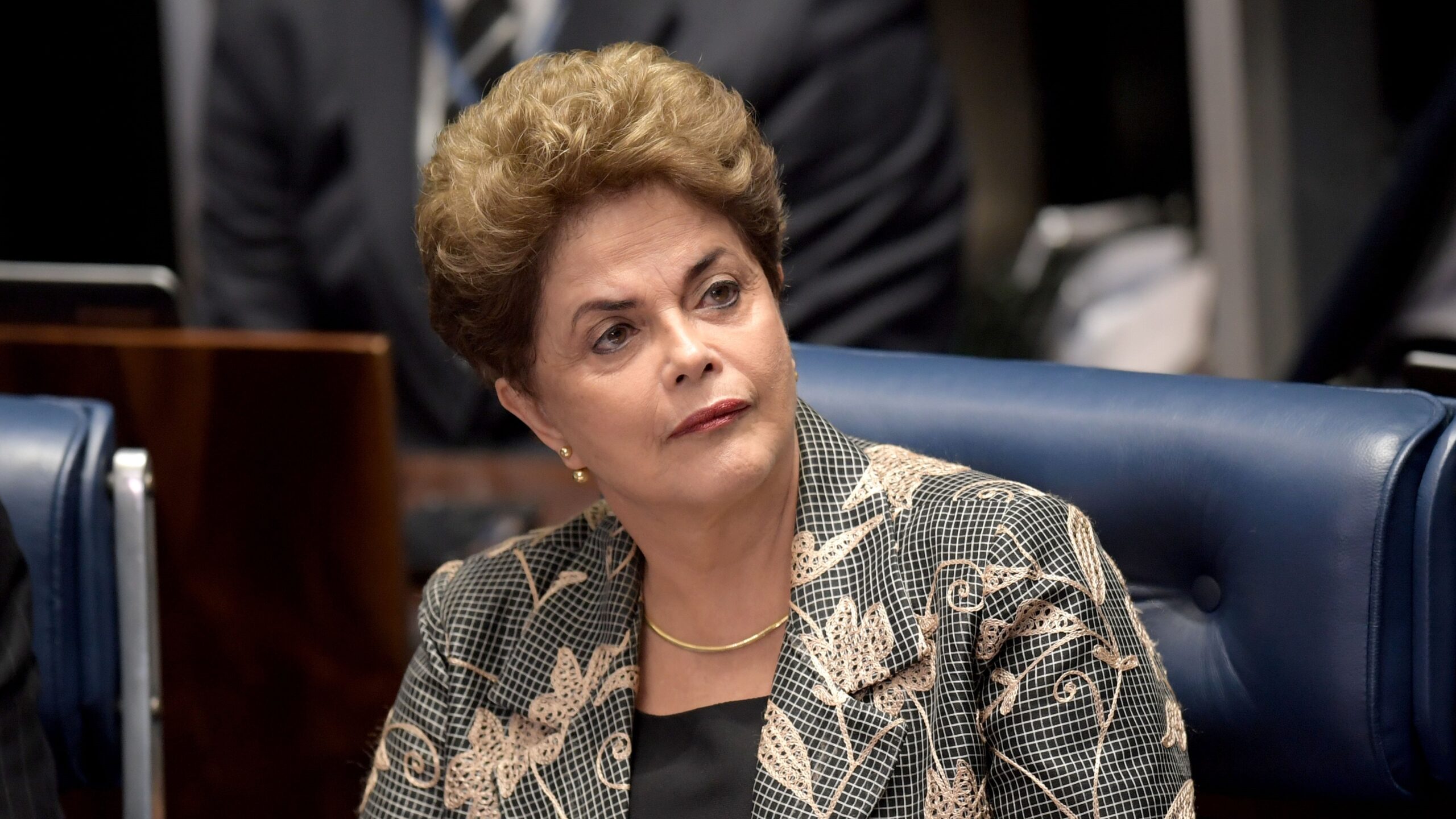As the new President of the New Development Bank (NDB), Dilma Rousseff, the former president of Brazil, has a unique opportunity to reinvigorate global development efforts and shift power dynamics away from the traditional Western-led financial institutions. With her appointment, there’s a renewed sense of hope among the BRICS countries (Brazil, China, India, Russia, and South Africa) and beyond.
The BRICS nations have faced a loss of momentum in recent years, partly due to Brazil’s shift toward alignment with the United States under its right-wing governments from 2016 to 2022. However, with Rousseff’s appointment, the BRICS alliance is set to regain its dynamism and expand its reach. Argentina, Algeria, and Iran have already applied to join the group, while other nations like Indonesia, Saudi Arabia, Turkey, Egypt, Nigeria, and Mexico are considering doing so.
The BRICS countries play a vital role in the world economy, representing 31.5% of the global GDP PPP. By 2030, they are expected to contribute over 50% of the global GDP. The recent conflict in Ukraine has brought them closer together politically, as these nations refuse to yield to NATO pressure and seek to strengthen their cooperation in the Global South.
The NDB and the Contingent Reserve Arrangement (CRA) are two crucial instruments created by BRICS to challenge the World Bank and the International Monetary Fund (IMF). However, both have struggled to fulfill their intended missions due to weak leadership and the absence of a cohesive strategy among the five member countries.
One of the most pressing issues facing the Global South is finding alternatives to the dollar’s hegemony. Recent agreements between countries, like the one between Brazil and China, aim to bypass the dollar, thereby reducing US influence over global trade and finance. A working group within BRICS is currently developing a reserve currency called R5, based on gold and other commodities. This would allow the BRICS countries to increase their mutual trade without relying on the dollar and reduce their international dollar reserves.
The CRA, with its $100 billion fund, has the potential to rescue insolvent countries without resorting to IMF bailouts and the associated austerity measures. Offering loans with more favorable conditions would be a political breakthrough for BRICS and demonstrate their ability to build alternatives to the financial hegemony of Washington and Brussels.
However, for the NDB and CRA to truly succeed, the leadership of the five BRICS countries must align on a common strategy. Dilma Rousseff, with her extensive experience and global respect, brings hope for a new beginning. Having fought against Brazil’s civil-military dictatorship in the past and served as Brazil’s first female president, Rousseff is no stranger to overcoming challenges.
With Rousseff at the helm of the NDB, the BRICS alliance has the potential to reshape global development and create a more equitable financial landscape. The Global South eagerly awaits the resurgence of the BRICS nations and the positive impact they could have on the world economy.



